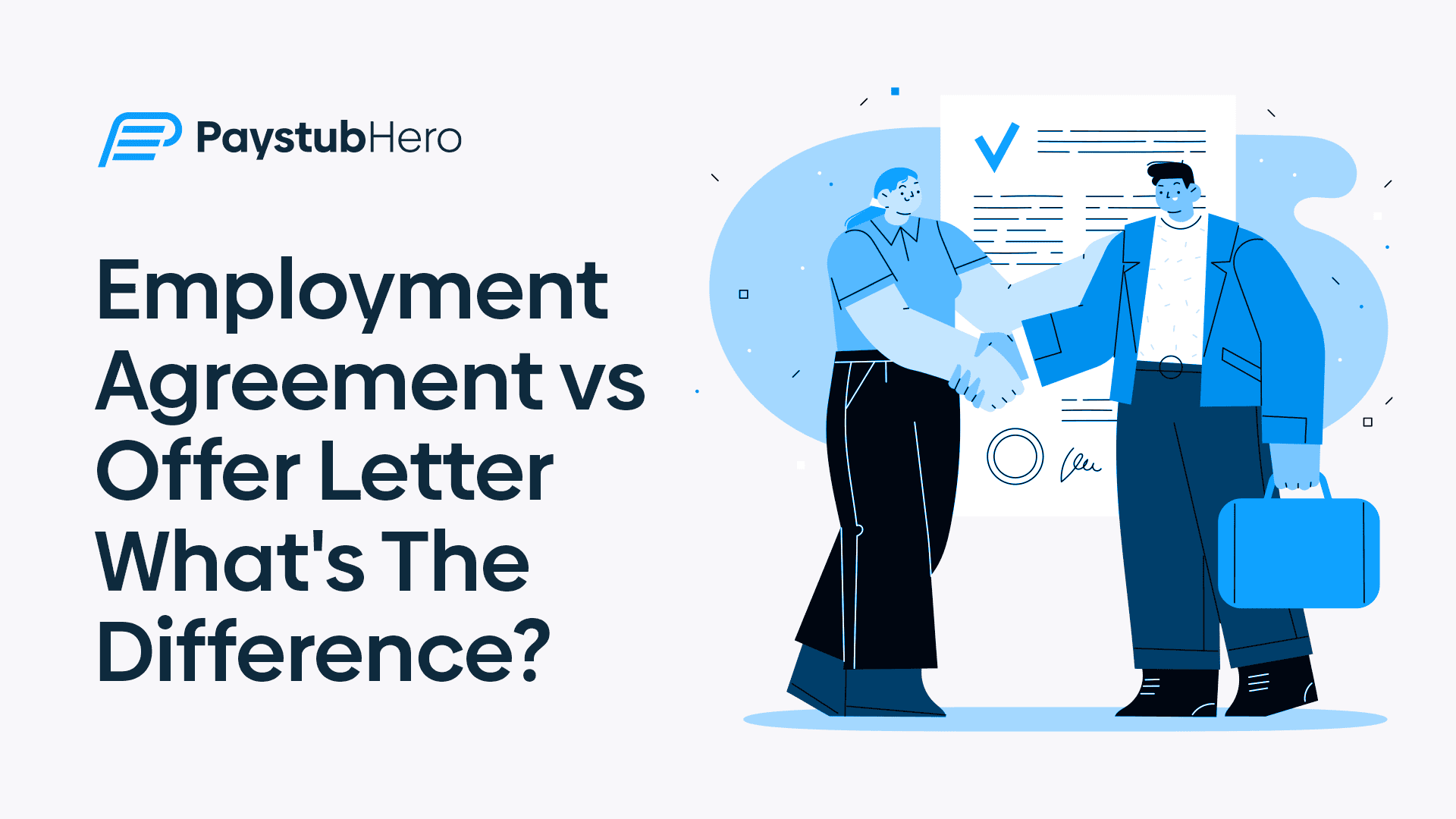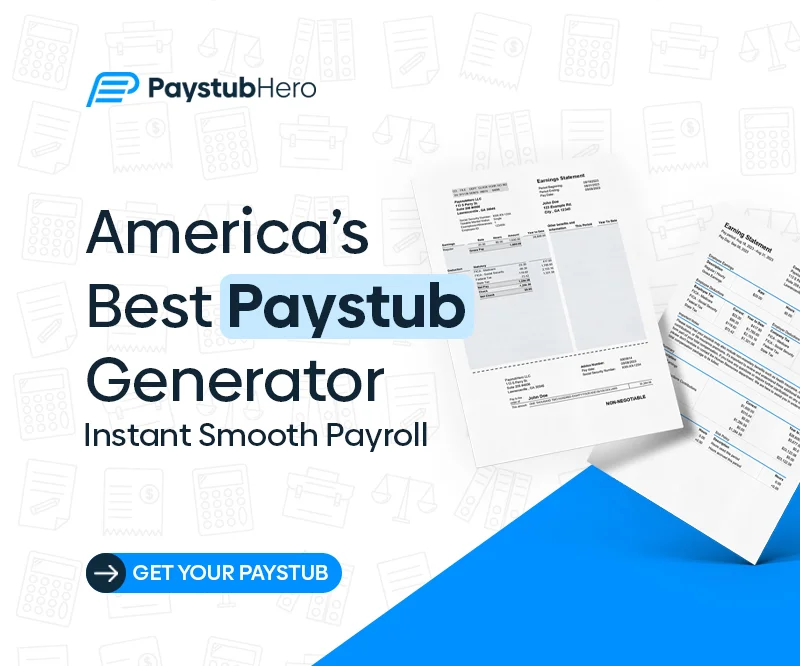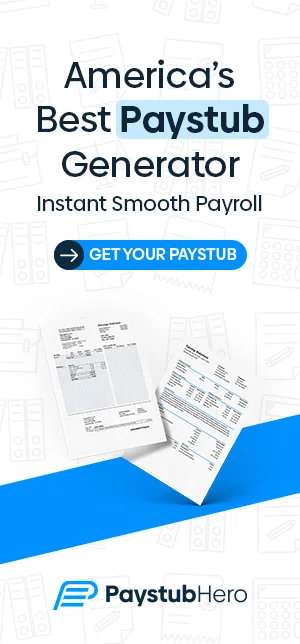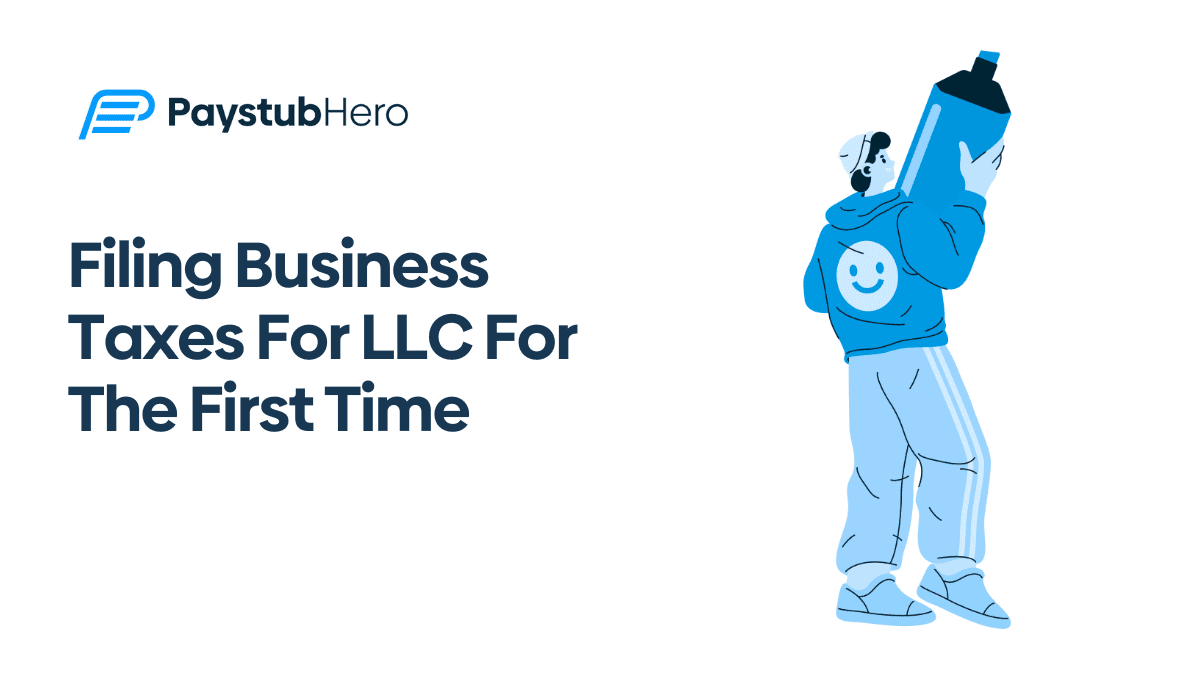An offer letter is a formal invitation to join the company, outlining the key details like compensation. An employment agreement, on the other hand, dives deeper. It details the legal rights and responsibilities of both you and the employer.
This article will clarify these differences and assist you in understanding the process of navigating new job offers.
What is an Offer Letter?
An offer letter is a formal document you get from a company after they decide to hire you. It’s basically a written “congratulations, you’re hired!” that spells out the important details of the job.
Their importance?
First, it gives a clear, written record of the job terms. This helps both you and the employer understand things like salary, benefits, or start date.
Second, it gives you time to look over the details, ask questions, and negotiate some parts before you officially accept. This way, you both understand everything before you start.
Key Elements of an Offer Letter
Here are the key elements to include:
1. Introduction and Basic Information:
• Candidate’s name and contact information
• Company name and contact information
• Date of the offer letter
• Job title
• Start date (and end date if it’s a fixed-term contract)
• Full-time/part-time status and work schedule (including details on remote work if applicable)
2. Job Details:
• Brief overview of the job responsibilities (referencing a more detailed job description if available)
• Reporting structure (who the candidate will report to)
3. Compensation and Benefits:
• Salary or hourly wage
• Pay period (weekly, bi-weekly, monthly)
• Bonus structure (if applicable)
• Benefits package details (health insurance, paid time off, retirement plan, etc.)
4. Terms of Employment:
• Probationary period (if applicable)
• Background check requirements (if applicable)
• At-will employment disclaimer (stating that either party can terminate employment at any time)
• Notice period required for resignation
5. Closing:
• Excitement about the candidate joining the team
• Space for the candidate’s signature and date to acknowledge receipt and acceptance of the offer
• Contact information for any questions they may have
Here is a basic example of a cover letter:
What is an Employment Agreement?
An employment agreement is a legal document that states the terms and conditions of your job with your employer. It serves as a guide for the working relationship, stating the rights and responsibilities of both parties.
Employment agreements exist to bring clarity and stability to the employer-employee relationship.
For employers, the contract specifies employee expectations for performance, confidentiality, and work ownership. This helps protect the company’s sensitive information and intellectual property.
The agreement ensures that you, the employee, understand your job, pay, benefits, and when your job might end. This can help prevent misunderstandings and provide a safety net in case of any disputes.
Key Elements of Employment Agreement
Here’s a breakdown of the key elements included in an employment agreement:
1. Core Employment Terms:
• Duration: This section specifies whether the employment is full-time, part-time, temporary, or for a specific project.
• Probationary Period: This outlines a trial period during which the employer checks whether you’re a good fit. After the set period, your role can become permanent.
2. Employee Responsibilities:
• Job Description: The specific duties and tasks associated with the position are outlined in this section. It should match the more detailed job description provided separately.
• Performance Expectations: The section may outline performance standards and how your performance will be evaluated.
3. Compensation and Benefits:
• Salary/Wage: This specifies the base pay, whether a salary, hourly wage, or commission-based structure.
• Method of Payment: The section clarifies how you will be paid, including how often (weekly, bi-weekly, monthly) and by what method (direct deposit, check).
• Overtime: Here, there’s a policy for overtime pay, including eligibility, calculation methods, and approval processes.
• Benefits: This part covers your benefits package, such as health insurance, life insurance, and disability pay. It also includes details about retirement plans like 401(k) and paid time off, such as sick leave, vacation, and personal days. Additionally, it outlines any other benefits the company offers.
• Premiums: This clarifies how much, if any, the employee contributes towards their benefits.
Interesting Read: Difference Between Wage And Salary
4. Leave of Absence:
• Sick Leave: Defines the number of days and procedures for taking sick leave.
• Vacation: Outlines the amount of paid vacation time an employee accrues and how it can be used.
• Personal Leave: Specifies the number of days and procedures for taking personal leave for emergencies or non-work-related reasons.
• Family and Medical Leave: May reference adherence to relevant laws regarding family and medical leave.
5. Intellectual Property:
• Non-Disclosure Agreements (NDAs): These agreements restrict employees from disclosing confidential information belonging to the company.
• Ownership Agreements: These agreements clearly state that any creative work or ideas you generate at work belong to the employer.
• Assignment Clauses: Like ownership agreements, assignment clauses ensure that new inventions or ideas you create while working belong to the employer.
6. Termination:
• Termination Clause: This part has the grounds for termination by either the employer or the employee (e.g., cause, breach of contract, performance issues).
• Notice Period: The notice period clarifies how much notice is needed if either you or the employer decide to end the job.
• Severance: This outlines any extra pay or benefits you might get if you lose your job.
7. Dispute Resolution:
• Dispute Resolution Clause: Resolution is how the employer and employee solve problems if they disagree, such as through mediation or arbitration.
8. Additional Considerations:
• Equal Employment Opportunity (EEO) Statement: The EEO statement affirms the company’s commitment to fair and equal employment practices.
• Entire Agreement Clause: This states that the employment agreement is the main agreement between you and the employer, replacing any earlier ones.
• Governing Law: The section outlines state or federal laws that control how the agreement is understood and followed.
9. Signatures and Dates:
The agreement should have spaces for both the employer and employee to sign and date the document. By signing and dating, both parties acknowledge their understanding and acceptance of the terms.
Key Differences Between Offer Letter and Employment Agreement
Here’s a table comparing the key aspects of an offer letter and an employment agreement:
| Feature | Offer Letter | Employment Agreement |
| Enforceability | Less enforceable, but may be used in court to interpret a later agreement | Legally binding contract |
| Detail Level | Basic overview of position and compensation | In-depth details of rights and responsibilities |
| Purpose | To formally present a job offer | To solidify the employment relationship |
| Timing | Before starting work | Typically on the first day or before |
| Negotiation | Less room for negotiation | More opportunity to negotiate terms |
| Confidentiality | May mention confidentiality, but not detailed | Has extensive non-disclosure agreements (NDAs) |
| Termination | Usually at-will employment (either party can leave) | Specifies termination clauses (cause, notice period) |
| Benefits | Briefly mentions benefits | Details specific benefits packages (health insurance, etc.) |
| Intellectual Property | It may not be addressed | Outlines ownership of work created during employment |
| Dispute Resolution | Lays out no formal process | Specifies how to handle disagreements |
| Legal Counsel | Less likely to require a lawyer’s review | May benefit from consulting a lawyer |
When to Expect Each Document
Usually, you’ll get an offer letter first. It formally offers you the job and includes the details we talked about above. After you say yes to the offer, the company will send you an employment agreement.
Tips for Reviewing Each Document
Here are two key tips for each document:
Offer Letter:
• Match Expectations: Make sure the job title, duties, start date, and pay match what you talked about during the interviews.
• Review benefits: Look for any discrepancies between what was verbally communicated and what’s listed.
Employment Agreement:
• Focus on Key Terms: Be careful to look at the parts about how your job might end, who owns any ideas you come up with, and how problems between you and the company will be solved.
• Seek Help if Uncertain: Don’t hesitate to ask the HR department to clarify any confusing language or consult a lawyer if something seems concerning.
Streamline Your Hiring Process with Paystub Hero’s Offer Letter!
Now that you know about offer letters and employment agreements, you’re ready to handle the hiring process confidently. But why spend time writing offer letters from the beginning?
Paystub Hero makes it easy for busy business owners!
Here’s why busy entrepreneurs like you choose Paystub Hero:
• Save Time: Generate professional offer letters in minutes, freeing you to focus on strategic tasks.
• Stay Compliant: Our templates are designed to meet legal requirements, giving you peace of mind.
• Make a Great Impression: Present candidates with polished offer letters that showcase your professionalism.
Get your offer letters out today with Paystub Hero!
FAQs
Here are the most commonly asked questions comparing an employment agreement vs an offer letter.
What is the difference between an offer and an agreement?
An offer is an invitation or a proposal, while an agreement is when both parties agree on something.
What is the difference between offer of employment and letter of employment?
An offer of employment is when the company proposes terms for you to work there. A letter of employment formalizes those terms after you agree to them.
What happens after signing an offer letter?
When you sign an offer letter, that usually starts the onboarding process.
What is the difference between offer letter and joining letter?
An offer letter proposes employment, while a joining letter confirms the start date and other joining details.








